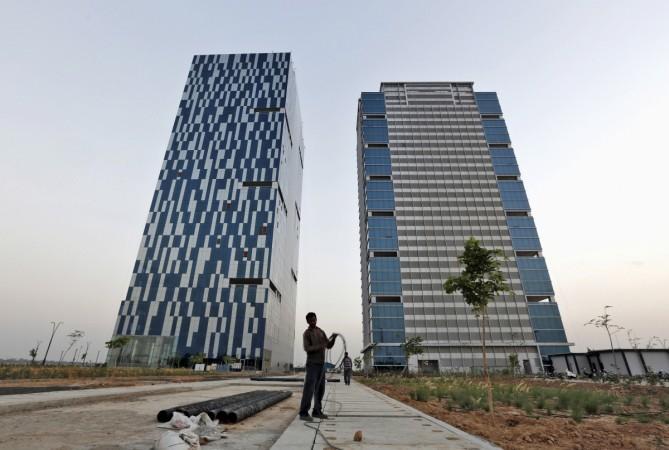
Minister of Urban Development M Venkaiah Naidu on Friday asserted that Smart Cities Mission is based on the shared vision of citizens and state governments and not imposed by the Narendra Modi government at the Centre.
Rebutting the criticism in certain quarters that Smart Cities Mission is elitist, Naidu spoke at length on the objectives and design of Smart Cities Mission at a National Workshop on Urban Transformation.
Naidu clarified that the mission guidelines do not impose any restrictions on the extent of area in mission cities to be selected for area-based development as it is left to the state governments and citizens. He said that on account of limitations of financial resources and inadequacies of planning and execution abilities, mission cities are choosing relatively small areas to start with for addressing infrastructure deficit.
Further elaborating on this, Naidu said in case of Vellore in Tamil Nadu, the area chosen for development accounts for 55 percent of total city area, 24 percent in case of Dharmashala in Himachal Pradesh and 20 percent in case of Kalyan-Dombivili and in several cities it comes to more than 10 percent of total city area.
In terms of population, people residing in an area chosen for development account for 85 percent of the total city population in Dharmashala, 38 percent in Tirupati in Andhra Pradesh and 33 percent in Varanasi in Uttar Pradesh.
Explaining how smart city development benefits the common man, Naidu stated that of the 30 smart cities announced today, 26 of them have proposed affordable housing projects benefiting the urban poor, 26 cities will be taking up school and housing projects while 29 intend to take up smart road projects for widening besides enabling cycling and walking that help the common man.
All the 30 cities will develop integrated command and control centres that enable better coordination among various city agencies for better service delivery and effective management of scarce resources like water and power. "Hence, smart city projects are not mere real estate projects and meant for just cosmetic changes," he said.
The Minister said that for the first time in the country, command and control centres of Pune and Nagpur will become operational on June 25, on the occasion of the second anniversary of the launch of Smart Cities Mission.
The minister also rebutted the criticism that Smart Cities Mission is only a playground for global technology players. He said that consciously, mission guidelines have prescribed that only less than 25 percent of the cost of smart city plan shall be spent on technology-based pan-city solutions precisely to prevent the mission becoming primarily technology driven.
Smart Cities Mission
The objective of the Smart Cities Mission is to promote cities that provide core infrastructure and give a decent quality of life to its citizens, a clean and sustainable environment and application of 'Smart' Solutions. The focus is on sustainable and inclusive development and the idea is to look at compact areas, create a replicable model which will act like a light house to other aspiring cities. The Smart Cities Mission of the government is a bold, new initiative. It is meant to set examples that can be replicated both within and outside the Smart City, catalysing the creation of similar Smart Cities in various regions and parts of the country.
Accordingly, the purpose of the Smart Cities Mission is to drive economic growth and improve the quality of life of people by enabling local area development and harnessing technology, especially technology that leads to smart outcomes. Area-based development will transform existing areas (retrofit and redevelop), including slums, into better planned ones, thereby improving liveability of the whole city. New areas (greenfield) will be developed around cities in order to accommodate the expanding population in urban areas. Application of smart solutions will enable cities to use technology, information and data to improve infrastructure and services. Comprehensive development in this way will improve quality of life, create employment and enhance incomes for all, especially the poor and the disadvantaged, leading to inclusive cities.

















